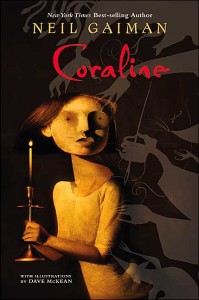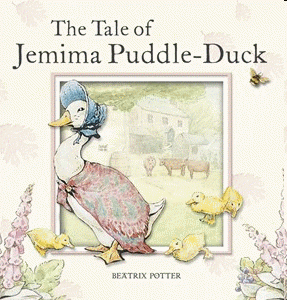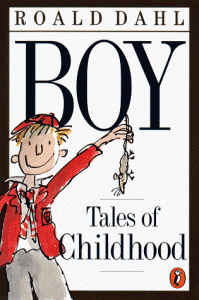Neil Gaiman’s Coraline tells the story of a young girl who moves to a new home with her family. The house is very old and Coraline finds a little door that leads to an alternate world much like her own. Coraline decides the alternate world is too weird when her “other mother” tries to sew buttons onto her eyes. She enters her regular world and finds her parents missing. This book is good for students who love mystery and horror stories. This was one of my favorite books when I was younger and reading it again as an adult was like going on a trip through time. Coraline would be a great book to teach symbolism and figurative language to students. This story also inspires creativity to middle elementary students who are maturing and still need a burst of imagination.





